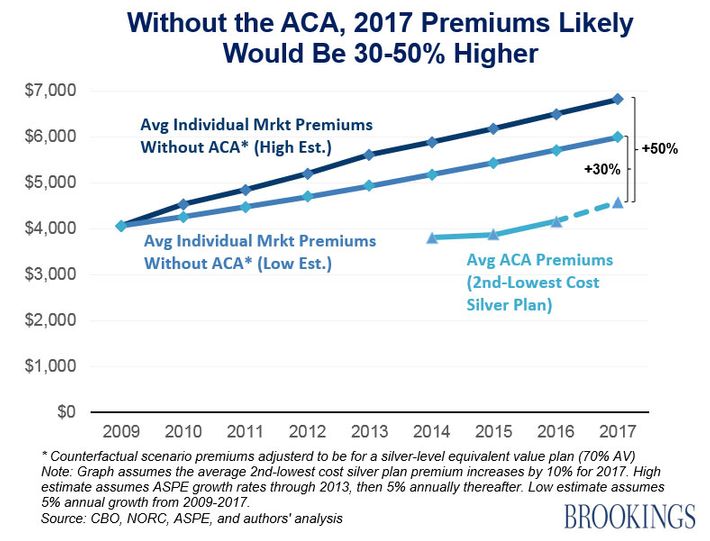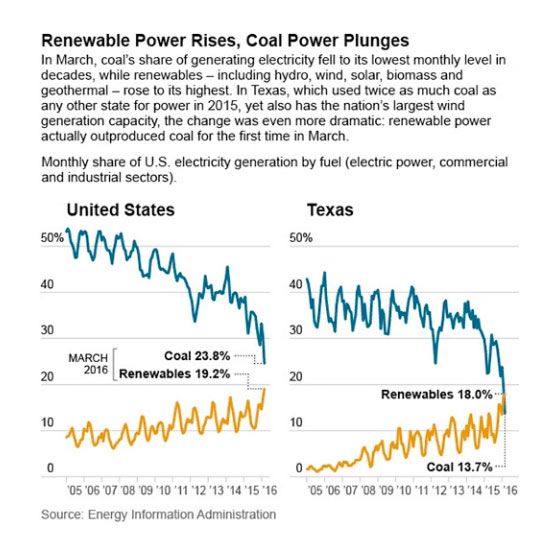
It is hard to recall, and even more difficult to imagine, that eight years ago Michelle Obama was a political liability for the Democratic Party. She had awkwardly said, “For the first time in my adult life, I am really proud of my country.” National Review plastered her on its cover, scowling, pointing her finger, with the headline “Mrs. Grievance.” The Hillary Clinton campaign believed a false rumor that she had repeated the phrase “whitey” on a tape that would appear somewhere. She was a symbol of the alienated outsider. On Monday night, she had occupied a completely different role in American politics and culture. Her extraordinary speech was the subject of widespread acclaim, including from many conservatives. Even Donald Trump, the Don Rickles–ian spewer of insults and practiced manipulator of race and gender resentment, offered praise.
Michelle Obama’s transformation can be explained in part by prosaic factors — she surrounded herself with a skilled staff that deftly managed her public perception; as First Lady, she enjoyed the natural benefits of remove from the partisan debate. But perhaps other factors have come into play. It was striking to see that she could cite ugly racial facts, like the role of slaves in constructing the White House, in ways she would not have dared two terms before. The country has changed over eight years, and her husband’s administration helped change it.
Barack Obama’s approval ratings have lifted into the 50s. Many observers have attributed this to the unpopularity of his opponents, as if only the benefit of an unflattering contrast could make his record appear attractive. On the contrary, polarization is what has distorted America’s view of Obama. Republicans have spent his presidency in a state of hysterical opposition, leaving his supporters often despairing and glum, while the shrinking center blamed him for the opposition’s unreasoning hostility. His gradual escape from the partisan hothouse will allow a more objective assessment, and the rise in his popularity reflects the elimination of a distortion on our perception of him, rather than the presence of one.
The breadth and depth of the transformation wrought by Obama’s presidency is vast. (I have a book coming out in January making the case for the historic success of Obama’s presidency.) The evidence for that transformation continues to build, largely out of sight and ignored by the political debate. Consider three of Obama’s largest areas of achievement: economic recovery, health-care reform, and a response to climate change.
Obama came into office during the worst economic crisis since the Great Depression, and responded with the most ambitious macroeconomic stabilization program since the New Deal: a $787 billion stimulus (later expanded by hundreds of billions of dollars in extensions), a bailout and restructuring of the about-to-collapse auto industry, stress tests to restore the financial system, and the Dodd-Frank regulations to prevent another collapse. Recoveries from systemic financial crises tend to be much slower than recoveries from an ordinary recession. Historically, a country recovering from a financial crisis takes an average of eight years to return to its precrisis level of income. It took years for the spike in unemployment to dissipate, and during the time, wages hardly budged for most workers. Mitt Romney promised in 2012 that, if elected, his policies would bring the unemployment rate below 6 percent by the end of his term — and, had he won, he would have claimed vindication. That rate is already below 5 percent.
Bernie Sanders has gained traction by depicting the economy as benefiting only the rich. Last year, he was saying the richest one percent captured 99 percent of all new income. By last month, that figure he was citing was down to 57 percent, and left-wing supporters have imbibed his claim that “the top 1 percent are vacuuming up virtually all income growth.” But those figures are badly out of date, relying on two- or three-year-old trends that have begun to reverse. As workers have finally grown scarce, they have finally gained the market power to demand higher wages. The rate at which workers quit their jobs has returned to prerecession levels. Companies like Walmart, Starbucks, Target, and McDonald’s have raised their employee salaries. Wages in the middle have started to rise again — the non–one percent saw its income grow 3.9 percent last year, the highest rate of any year since 1999. Obama’s economy is an incomplete story, a fact that cuts both ways. If the economy again collapses into crisis, any current gains will be quickly reversed. On the other hand, the long, slow recovery from the 2008 crisis has been defined on both the right and the left as painful and wanting, yet it continues to develop into something hopeful and impressive, the boundaries of which are not yet known.
Obamacare is an achievement with a scale that has only begun to dawn on the president’s supporters, let alone the country as a whole. The law has decreased the uninsured population by 20 million so far. It has introduced systemic reforms into the medical economy that have begun bending the cost curve downward. (To take the most easily traceable example, by giving hospitals an incentive to avoid unnecessary and costly patient readmissions, the readmission rate has immediately dropped, saving both money and needless death.) The government is not only spending less money on health care than it was projected to spend after Obamacare was passed, but it is spending less than it was projected before the law was passed.
If Obamacare is not yet a beloved institution in American life, it is because it has endured not only right-wing rage but the unpleasant reality of now constituting the status quo. American health care before Obama was a massive, cruel, bloated, bureaucratic mess. It is now much less so, but it still retains most of its features. Premiums may be rising at a far slower rate, but they are rising. And the dynamic marketplace created by the law’s new exchanges works like, well, a marketplace. Firms come and go. Yes, some insurers drop out of the exchanges, but others jump in.
The anti-Obamacare propaganda apparatus has never ceased its campaign of hyping every negative development, every pebble tumbling down the hill as the sign of a coming landslide. It is true that insurers initially offered plans at too low a rate and are correcting their error by hiking premiums this year. At the same time, rates remain well below the level they were forecast to be (about $1,000 per person lower). And as a deep new study on Health Affairs shows, those individual market premiums are lower than they were before Obamacare, even though that market largely excluded people with preexisting conditions and allowed insurers to cap their coverage or otherwise deny them the benefits that are now guaranteed.

Finally, there is Obama’s legacy on climate change, which may ultimately be his most important legacy. The vastness of this achievement has escaped attention largely because its individual components have all been built outside the political spotlight. The $90 billion in green-energy subsidies in the stimulus was passed into law in Obama’s first month, at a time when the economic crisis dominated the agenda, obscuring the long-term changes these investments would bring. The part of that agenda that did play out in public — the effort to pass a cap-and-trade law in his first two years — was a conspicuous failure. Yet its goals were ultimately fulfilled through a series of boring regulations that attracted little media attention. Ultimately, it was consummated through the first international climate-change treaty in human history last December, which could not have happened without Obama’s executive creativity and effective diplomacy.
Obama’s two terms have seen a radical overhaul of the once-stagnant American energy system. Solar panels and wind turbines are springing up everywhere. Engineers are finding new ways to wring more energy efficiency from everything from appliances to buildings to cars. Consider just the power sector. When Obama took office, coal generated almost half of all American electricity, while renewable energy accounted for less than 10 percent. Renewables are now very close to overtaking coal:

The progress is continuing with slow, grinding, patient work. Last week alone, the administration helped negotiate an international ban on hydrofluorocarbons, a powerful heat-trapping gas, and began rolling out emissions standards on airplanes. The Republican energy agenda is a combination of denial of scientific past and nostalgia, whose only promise is to revive dying industries. The nominee’s energy plan is nostalgic praise for coal miners; even an educated conservative movement leader like Ted Cruz promises a future in which “America is the Saudi Arabia of coal.”
The vision of America as a feudal, theocratic resource-extraction kingdom is an appropriate symbol for the failed, dying creed the opposition represents. That Republicans nominated a candidate running under the slogan “Make America Great Again” to succeed Obama encapsulates their reactionary nostalgia. The character of the GOP reflects on Obama not only in that it presents a picture of the alternative, but also because it gives the lie to a charge that has hounded the president through both terms: that he shares the blame for polarization, that more compromise or more golf or drinking or dinners could have coaxed the GOP to work constructively. That Republicans chose Donald Trump to represent them, despite urgent warnings from the party Establishment and organs like Fox News, proves that its hatred for Obama transcends legislative specifics. Nobody who has seen the tea party, the shutdowns, and now Trump can maintain that Republican leaders could have struck any compromise on a high-profile issue with the hated opposition president and survived. The base’s rage with Obama is essentialist, rooted specifically in racism and more generally in a reactionary yearning for the restoration of crumbling social hierarchy.
It is also obvious that the pre-Obama America they seek to restore is slipping irrevocably into the past. For all of Hillary Clinton’s personal image problems, she benefits clearly from her association with a president who has governed wisely, fairly, and (not incidentally) without any major scandal. The reception his wife received is a leading indicator for her husband’s historic reputation. As she has become a figure of admiration and esteem, almost befitting a national hero, so, too, one day will he.






























